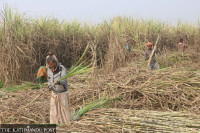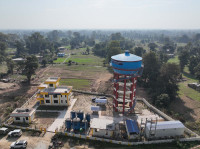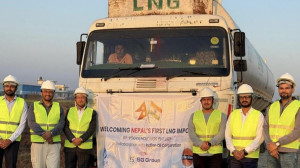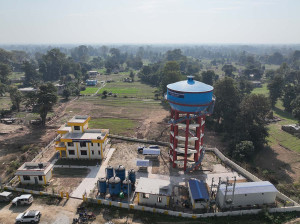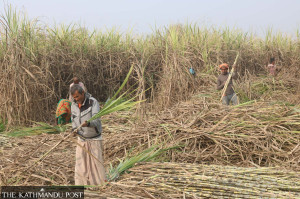Money
ADB stresses on promotion of PPP
The Asian Development Bank (ADB) has called on countries across Asia to promote public private partnership (PPP) and deepen capital markets to reduce infrastructure gaps and avoid possible binding constraint on economic growth.
The Asian Development Bank (ADB) has called on countries across Asia to promote public private partnership (PPP) and deepen capital markets to reduce infrastructure gaps and avoid possible binding constraint on economic growth. The Nepal government approved PPP Policy in October 2015 to engage the private sector in development of various physical infrastructure projects, such as roads, bridges, airports, hydroelectric and irrigation plants, and transmission lines.
Last June, the government even prepared the first draft of the PPP Act, which, once enforced, will replace the Act on ‘Private Financing in Build and Operation of Infrastruc-ture’—commonly referred to as the BOOT (Build, Own, Op- erate and Transfer) Act. But it has not been finalised yet.
Nepal has been trying to build infrastructure projects under PPP model, as the government lacks financial resources to bridge the infrastructure gap, one of the binding constraints for higher and sustainable economic growth.
To mobilise funds for development and deepen capital markets, the government has also allowed foreign financial institutions to issue local currency bonds here. But so far no foreign institution has floated those securities here.
“Countries should implement PPP-related reforms such as enacting PPP laws, streamlining PPP procurement and bidding processes, introducing dispute resolution mechanisms, and establishing independent PPP government units,” says a new flagship ADB report. “Regula-tory and institutional reforms are needed to make infrastructure more attractive to private investors and generate a pipeline of bankable projects for PPPs.”
Also, deepening of capital markets is needed to help channel the region’s substantial savings into productive infrastructure investment, adds the report titled ‘Meeting Asia’s Infrastructure Needs’.
The report focuses on the region’s power, transport, telecommunications, and water and sanitation infrastructure. It also examines current infrastructure stocks and investments, future investment needs, and financing mechanisms for developing Asia.
Infrastructure needs in developing Asia and the Pacific will exceed $22.6 trillion through 2030, or $1.5 trillion per year, if the region is to maintain growth momentum, says the report. The estimates rise to over $26 trillion, or $1.7 trillion per year, when climate change mitigation and adaptation costs are incorporated. “The demand for infrastructure across Asia and the Pacific far outstrips current supply,” a statement issued by the ADB quotes its president Takehiko Nakao as saying. “Asia needs new and upgraded infrastructure that will set the standard for quality, encourage economic growth, and respond to the pressing global challenge that is climate change.”
Although the report specifically has not spoken how much Nepal needs to invest in infrastructure projects to spur growth, a report prepared earlier by the World Bank puts the figure at up to $18 billion by 2020. “The ADB pledges to work with member countries and use our 50 years of experience and expertise to meet infrastructure needs in the region. As the private sector is crucial to fill infrastructure gaps, ADB will promote investment friendly policies and regulatory and institutional reforms to develop bankable project pipelines for public-private partnerships.”




 9.12°C Kathmandu
9.12°C Kathmandu


